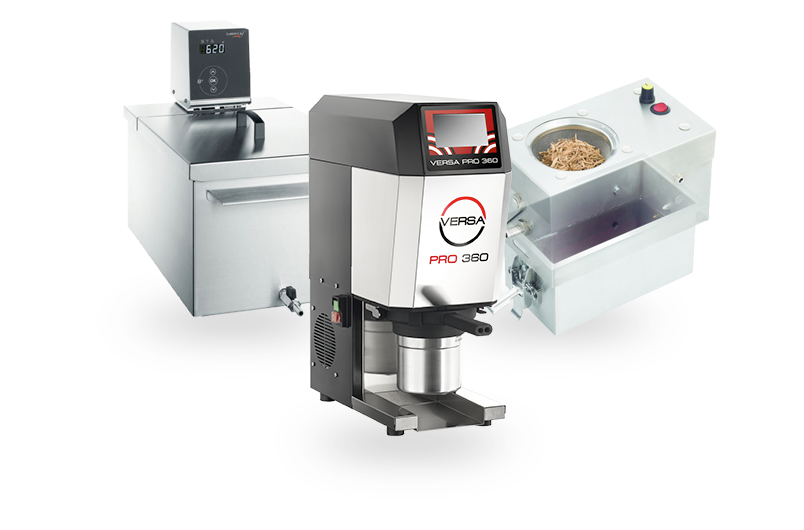Sous Vide Safety: HACCP Requirements for Commercial Kitchens
The Science of Sous Vide and HACCP
Cooking may be an art but as anyone who operates a commercial kitchen can tell you, it is also a science. Technology has become an integral part of the cooking experience, with modern techniques and additives making it both more necessary and easier than ever to monitor food safety.
Sous vide is an incredible culinary advancement that creates a need for greater protection—due to the fact that it involves low temperatures and reduced oxygen packaging—however, it also benefits from the technology used to provide it.
The technique has soared in popularity thanks to its efficiency, practicality, cost-savings and high-quality results, but foods cooked using this method are subject to both reduced-oxygen-packaging and low cooking temperatures, two risk factors for pathogen growth. To combat risk, commercial kitchens are required to have a food safety plan in place. The plan demonstrates, tracks and ensures that the establishment is following proper food safety practices set forth by the FDA Food Code. A description of HACCP (or Hazard Analysis and Critical Control Points) illustrates how the scientific method can be used to control the increased risks taken.
Seven Steps of HACCP Safety
There are seven steps required for an HACCP plan to meet requirements:
- Analyze the risks being taken and hazards created
- Identify Critical Control Point, steps at which measures can be applied to reduce or eliminate risk
- Establish critical limits to determine at what points risk is sufficiently reduced or eliminated (These steps must be supported using research which can be found on www.fsis.usda.gov)
- Monitor testing procedures with an established method and frequency
- Take corrective actions to bring risks to with-in limits
- Keep records to monitor the actions taken and results created along the process
- Verify procedures are being followed, validate results to ensure the system is working as intended and constantly revisit the process for effectiveness
Though the steps are simple, understanding how they pertain to sous vide requires more professional education.
Avoiding the Danger Zone
According to the CDC, each year one in six Americans gets sick by consuming contaminated foods or beverages. These are very real risks that cannot be ignored by experimental chefs. The greatest hazards are posed when foods are held in the “danger zone” (between 41° and 141°F) for longer than 4 hours, held under refrigeration for extended periods of time or cooked at low temperatures for insufficient periods of time. These actions are also potential side effects created by the sous vide methods of low temperature cooking and utilizing the cook-chill method for later finishing.
Preventing sous vide related food borne illness is largely matter of time versus temperature, preparation, procedure, sanitation and establishing which combinations of them work together to offer the best results for each dish. By taking proper steps, food products can also be pasteurized at lower temperatures if held in that environment for an extended period of time. These efforts are assisted by choosing cooking equipment with sufficient heating capacity, precise temperature and flow rate control, and by using a probe thermometer that is accurate to 0.1 degree.
Solutions for Meeting HACCP Requirements
An effective HACCP plan can take several weeks and cost tens of thousands of dollars to develop but once established, this document can be provided to health department inspectors to assure compliance and used to protect an establishment from the liability of a food borne illness. It is also a great way to standardize and ensure the preparation process of your operation is top notch.
The Diamond Chef series of sous vide cookers from fusionchef by Julabo USA takes advantage of lab-proven technology to prove the science behind an effective HACCP Plan. It offers data logging capabilities, one one-hundredth of a degree accuracy and fusionchef’s easy to use software that monitors and records cooking data. It is the only commercial sous vide unit to integrate this technology into the unit. Fusionchef’s HACCP solutions package, which is backed by the Seven Principles, contains 85 percent of the information needed to create an effective plan including plug-and-play worksheets, flow charts, referable data and federally compliant examples.
Being on the forefront isn’t easy but the results are worth the risk. Let us know what your favorite technological advancements in the kitchen are and learn how we can better help your establishment meet the regulations needed to offer it.

